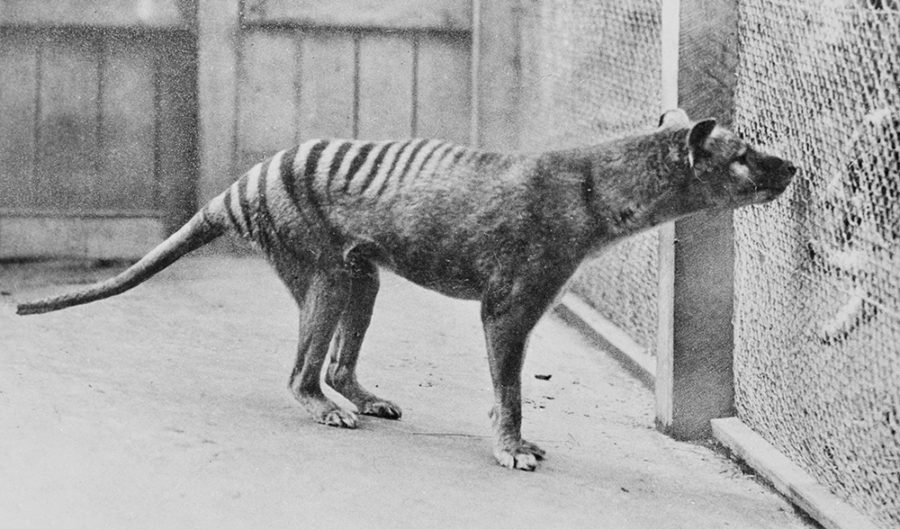Scientists to search for Tassie tigers in Queensland

A TEAM OF RESEARCHERS is headed to Far North Queensland as early as next month to search for the long-lost Tasmanian tiger (Thylacine), based on what they say are detailed and plausible descriptions of sightings on the Cape York Peninsula.
The field survey will be led by Dr Sandra Abell from James Cook University, who recently discovered a second population of the critically endangered northern bettong in the same region.
Co-investigator Professor Bill Laurance, also from JCU, said his interest was initially piqued when asked by the ABC to respond to a detailed description of a Thylacine sighting by a Ravenshoe man – former tourism operator Brian Hobbs.
Bill said he had a long, in-depth conversation with Brian, who described seeing a group of what he believed to be Tasmanian tigers whilst spotlighting in an undisclosed remote location in the wilds of Cape York Peninsula.
On hearing Brian’s description, Bill said he “tried to eliminate other possibilities” of what Brian may have seen. According to Bill – who is an expert in biodiversity in tropical Queensland – the size, shape, colour, eyeshine colour and other attributes described by Brian all matched the Thylacine, whilst being inconsistent with other large-bodied species known to inhabit the region. “I can tell you that whatever that man saw he truly believes he saw it,” said Bill.
Bill has also spoken to a former Queensland National Parks Service ranger who provided a similarly compelling description of a possible Thylacine sighting at a separate remote location also in Far North Queensland.
The team of Queensland researchers will be setting up more than 50 high-tech camera traps baited with lures to survey the two sites, which will remain confidential.
The Tasmanian tiger is thought to have once roamed mainland Australia but was isolated to the island state by the time Europeans arrived, most likely as a result of competition with dingoes. It was the arrival of European colonists that spelt the end for the carnivorous marsupial species in Tasmania, with the last individual thought to have died in a Hobart zoo in September 1936 (although recent research suggests the species may have survived into the 1940s).
While Bill admits the chances of finding the long-lost Thylacine in Far North Queensland are slim, he said he hopes the survey will nonetheless provide valuable insights into the biodiversity of the region, where mammal populations are declining at an alarming rate.
READ MORE:
- Benjamin was probably not the last thylacine, says study
- Brain structure of Tasmanian tiger revealed
- Tassie tiger extinction: humans solely to blame

